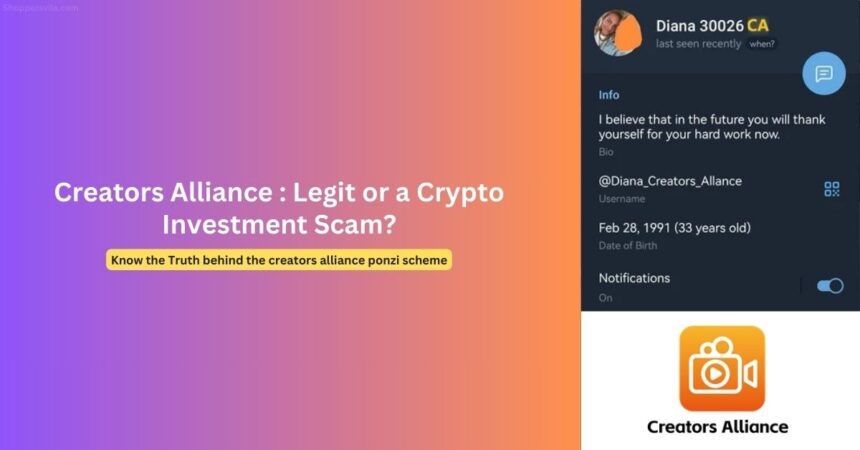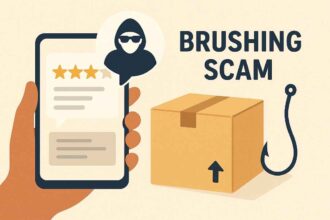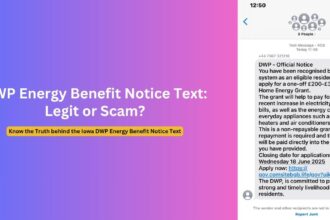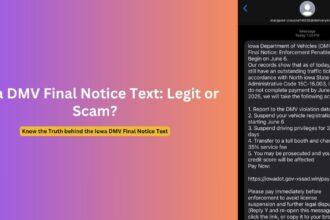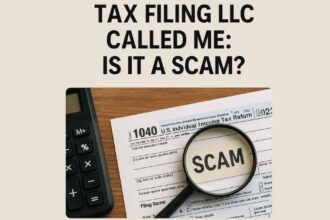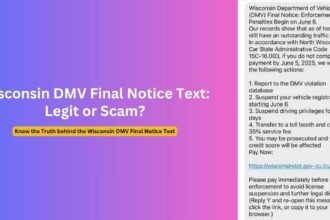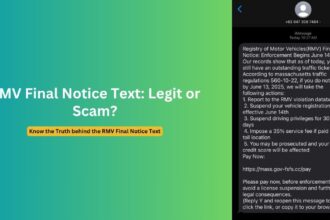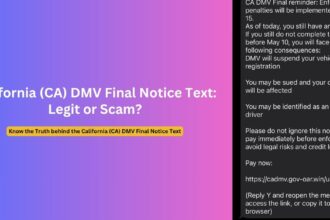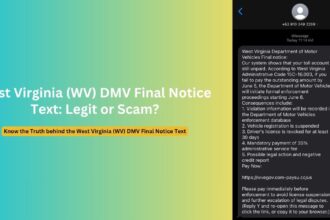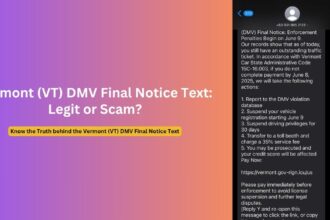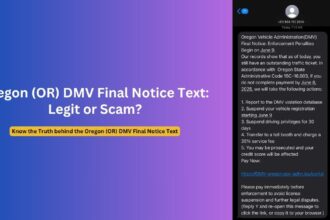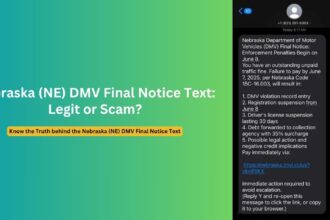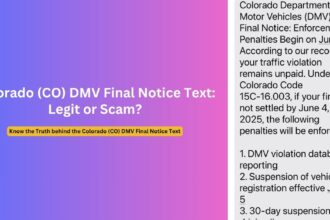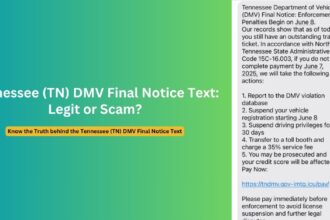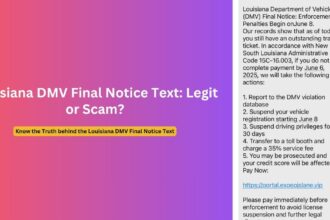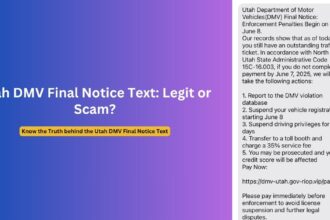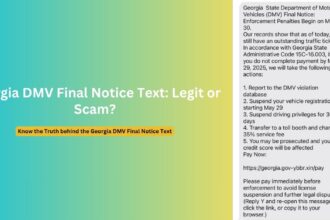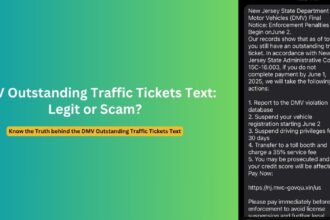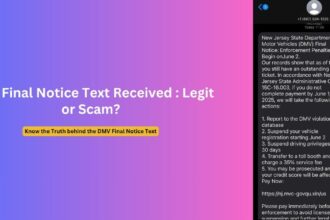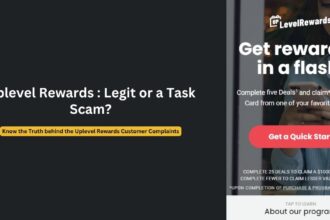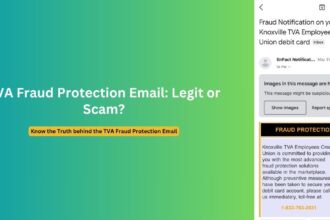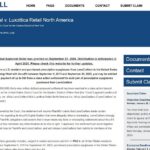Over 50,000 people across the Caribbean are reeling this week after the spectacular collapse of what authorities are calling one of the largest Ponzi schemes to target the region in recent history. Creators Alliance, a purported video content platform promising substantial returns for minimal effort, abruptly disappeared on April 2nd, leaving investors from Puerto Rico to the Bahamas scrambling for answers and facing devastating financial losses.
“They went as far as establishing fake offices, distributing promotional materials, and even securing questionable certifications to appear legitimate,” said one victim who lost $2,000 in the scheme. “The warning signs were there, but they were masterful at creating an illusion of legitimacy.”
How the Creators Alliance Crypto Investment Scam Operated
Creators Alliance marketed itself as an innovative platform where users could earn substantial income by investing in various “packages” (typically $300, $800, or $2,000) and performing simple tasks like watching videos and sharing content. The company claimed this activity generated advertising revenue, but investigators now believe it was a classic Ponzi structure.
The business model relied on three key elements:
- Initial Investment: New members purchased “copyright packages” using cryptocurrency (USDT/Tether)
- Simple Tasks: Users completed minimal daily activities like watching videos or clicking buttons
- Recruitment Focus: The real emphasis was bringing in new investors, with bonuses for referrals
What made this scheme particularly effective was its carefully designed timeline. New investors had to wait approximately one month before they could withdraw their initial investment. This critical delay allowed the operation to create an illusion of sustainability while using new investors’ funds to pay earlier participants.
“The moment I saw people claiming they could earn $2,000 monthly just for clicking on videos, I knew something was wrong,” said financial fraud investigator Carlos Menendez. “No legitimate business can generate those returns from such minimal activity. The math simply doesn’t work.”
The Caribbean Connection
While Creators Alliance operated globally, it found particular success in the Caribbean, where it adapted its approach to target specific islands and communities.
| Country | Estimated Victims | Notable Tactics |
|---|---|---|
| Puerto Rico | 12,000+ | Local “managers,” community meetings |
| The Bahamas | 8,000+ | Luxury hotel presentations, electronic giveaways |
| St. Lucia | 5,000+ | Obtained questionable “certification” |
| Barbados | 7,000+ | WhatsApp group recruitment |
| Other Caribbean nations | 18,000+ | Various localized approaches |
According to victims’ accounts, the operation employed local “managers” with region-specific names and numbers who created WhatsApp groups organized by geography. These managers pressured members to recruit friends and family while prohibiting any negative discussions about the platform.
“They knew exactly how to exploit local trust networks,” explained Dr. Anita Williams, who studies financial fraud at the University of Miami. “In close-knit Caribbean communities, once a few respected individuals were convinced, it created a cascading effect of trust that was difficult to counteract.”
Red Flags and Warning Signs of Creators Alliance
Despite its sophisticated approach, Creators Alliance displayed numerous warning signs that financial authorities have long associated with fraudulent schemes:
- Unrealistic Returns: Promises of substantial passive income with minimal effort
- Pressure to Recruit: Heavy emphasis on bringing in new investors
- Opacity of Operations: No clear explanation of how profits were actually generated
- Cryptocurrency Focus: Requirement to use USDT/Tether for transactions
- Evolving Terms: Rules that continuously changed to prevent withdrawals
- Fake Credentials: Manufactured partnerships and certifications
The operation’s collapse followed a predictable pattern that had been documented by earlier victims in Cyprus and parts of Europe months before the Caribbean expansion. As early as September 2024, regulators in some regions had begun issuing warnings about the platform.
“The Financial Services Commission of Barbados warned about schemes like this back in October 2024,” noted regional financial analyst James Thompson. “Unfortunately, these warnings often don’t reach the very people who need to hear them most.”
The Collapse Timeline
The final days of Creators Alliance followed a well-established pattern of delay and deception before the inevitable disappearance:
March 24, 2025: UK’s Companies House filed a compulsory strike-off notice for Creators Alliance Limited, indicating regulatory problems
Late March: Users began reporting withdrawal delays, with the company blaming “tax filing requirements”
March 28-30: The company announced “double pay” compensation for delays while still soliciting new investments
April 1, 2025: Creators Alliance Limited officially dissolved according to UK records
April 2, 2025: All WhatsApp groups deleted, management disappeared, website and app became inaccessible
In a particularly cruel twist, the company was actively promoting new “family packages” and encouraging upgrades in the days immediately preceding its disappearance, suggesting a calculated effort to maximize final collections before the collapse.
The Human Cost of Creators Alliance
Beyond the financial statistics, the human impact of the Creators Alliance scam has been devastating. Social media and local news reports from across the Caribbean reveal stories of profound personal loss:
My parents took out a loan against their house to invest $5,000. They were convinced this was their chance to finally retire comfortably. Now they might lose their home.
Anonymous victim from St. Vincent
I brought in twelve friends and family members. They trusted me. Now they’ve lost everything, and our relationships are destroyed.
Former promoter from Dominica
Financial vulnerability experts note that Ponzi schemes like Creators Alliance often target regions with economic challenges, where dreams of financial escape can override caution.
“People weren’t just investing spare cash—many were borrowing money or using life savings,” explained Caribbean economist Dr. Marcus Johnson. “When you’re struggling financially and someone offers what seems like a legitimate opportunity, the desperation to believe can overcome rational skepticism.”
How to Identify Crypto and Investment Scams
Financial security experts have identified key warning signs that can help individuals recognize potential investment scams before falling victim. The Creators Alliance case demonstrates several classic red flags that consumers should watch for:
Common Warning Signs:
- Too-Good-To-Be-True Returns: Any investment promising exceptional returns (10%+ monthly) with little to no risk
- Pressure Tactics: Urgency to “act now” or claims of limited availability to force quick decisions
- Recruitment Focus: Schemes that reward bringing in new investors more than the actual business activity
- Vague Business Models: Inability to clearly explain how revenue is generated
- Unverifiable Leadership: Company founders or executives with limited or unverifiable online presence
- Cryptocurrency Requirements: Insistence on crypto payments, particularly to unregulated exchanges
- Delayed Withdrawals: Increasingly complex requirements or delays when attempting to withdraw funds
- Status Symbols: Heavy use of luxury goods, locations, or celebrity endorsements to create false legitimacy
“These schemes follow predictable patterns,” explains Dr. Lisa Chen, digital fraud researcher at Columbia University. “They typically establish credibility through early payouts to a small group, create artificial scarcity with ‘limited slots,’ and then use social proof by showcasing apparent success stories.”
Red Flag Communication Patterns:
| What They Say | What It Means |
|---|---|
| “This is not a pyramid scheme” | It’s likely a pyramid scheme |
| “Guaranteed returns” | No investment can guarantee returns |
| “Secret method” or “proprietary algorithm” | Lack of transparency about how money is made |
| “Everyone is making money” | Social pressure to override your skepticism |
| “Limited time offer” | Pressure tactic to prevent proper research |
| “You’ll miss out if you don’t act now” | Exploiting fear of missing out (FOMO) |
How to Protect Yourself from These Ponzi Schemes
Financial literacy experts recommend these protective strategies to avoid falling victim to investment scams:
- Research Independently: Investigate company registrations, leadership backgrounds, and verify physical addresses
- Consult Professionals: Speak with licensed financial advisors unconnected to the investment opportunity
- Check Regulatory Warnings: Visit your country’s financial regulatory website for scam alerts and warnings
- Understand the Business Model: If you can’t clearly explain how a company makes money, don’t invest
- Test Withdrawals: If already invested, try withdrawing small amounts before adding more funds
- Follow the PAUSE Method:
- Pause before investing
- Ask questions and research
- Understand how returns are generated
- Skeptically evaluate promises
- Educate yourself about investment basics
- Trust Your Instincts: If something feels wrong or too good to be true, it probably is
“The painful reality is that once a Ponzi scheme collapses, recovery of funds is extremely unlikely,” warned consumer protection attorney Maria Gonzalez. “Prevention is the only reliable protection.”
For those already victimized, authorities recommend filing reports with local police, financial regulatory bodies, and cryptocurrency tracking services, though expectations for recovery should remain realistic.
The Future of Financial Fraud
The Creators Alliance scam represents an evolution in financial fraud, combining traditional Ponzi mechanics with modern technology and sophisticated social engineering.
“What we’re seeing is the globalization of fraud,” noted cybersecurity expert Thomas Wright. “These operations can now establish legal entities in one jurisdiction, target victims in another, process payments through cryptocurrencies, and disappear without a trace.”
Regulatory agencies across the Caribbean are now calling for enhanced regional cooperation and improved financial literacy programs to combat similar schemes in the future.
As one victim from The Bahamas summarized: “If it sounds too good to be true, it is. I just wish I had remembered that before I invested my savings.”
For those affected by the Creators Alliance scam, please contact your local financial regulatory authority or police department to report your experience. While recovery of funds may be difficult, your report can help prevent future victims and potentially aid in tracking perpetrators.
